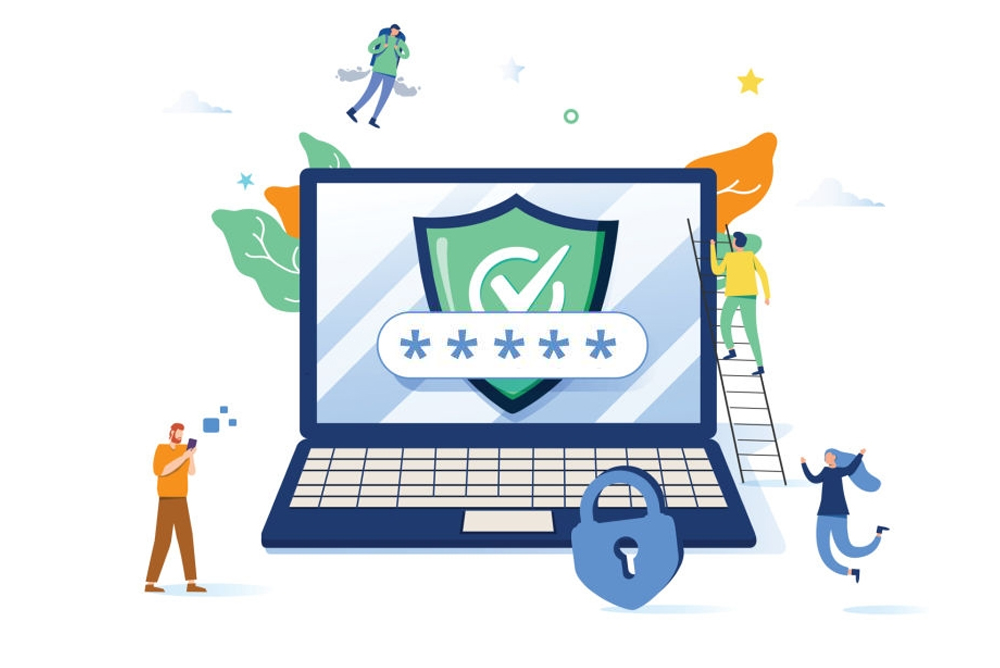The payment company can organize, for example, the collection of utility bills and the further distribution of funds among utility providers, receiving payments for third parties (For example, Online merchants or mobile operators). Also, at the expense of its funds, it can provide a faster transfer service between various financial organizations of different regions.
How does a payment gateway work?
Payment gateway encrypts essential information and details of payment, such as credit card numbers. It is to guarantee that the data is passed securely between customers and merchants.
1. A customer will place an order on the website by submitting the request, checkout from the cart, or any equivalent button.
2. Marchant securely transfers order information to the payment gateway. Customers will pay with their preferred payment method. The transaction is then routed to the issuing bank or the 3D secure page to request transaction authentication.
3. After the authentication process is successful, the transaction is then authorized or declined (depending on the funds available in the customer's account) by the issuing bank or card (VISA, MASTERCARD, MAESTRO, RUPAY, AMERICAN EXPRESS).
4. The payment gateway sends a message to the merchant accordingly.
5. The bank settles the payment with payment gateway, and then the payment gateway pays the money to the merchant.
When using the payment gateway, there are three essential things they do when the customer wants to purchase from the merchant's website. It is either by credit card, debit card, online net banking, or cash. The three essential things are included authorization, settlement, and reporting.
How secure is Payment Gateway?
Payment gateways are in place to protect credit card details by encrypting sensitive transaction information. All credit card number is encrypted to ensure that transaction details passed securely between the customer and the merchant and between the merchant and the payment provider.
1. First things first, the entire transaction is carried out through an HTTPS web address. That is different from the HTTPS as the S stands for Secure. The transaction takes place through this same tunnel.
2. As a result of the hash function, the system often uses a signed request from the merchant to validate the claim of the transaction. The sign request is a secret word, which only the merchant and the payment gateway know.
3. Virtual Payer Authentication (VPA) is something that the acquirers, issuers, and the payment gateways are blocking to secure the process even more. VPA implemented under the 3D secure protocol, adds a layer of security, and helps the online buyers and sellers to authenticate each other easily.
What are the benefits of using a payment gateway?
Using a payment gateway is not just for transferring money, but it has another benefit as well. A PG can allow a merchant to give the user get a better experience.
1. It will enable for selling products and services online.
2. It helps to penetrate the global market.
3. Enables to accept payments in local currencies via traditional payment methods.
4. Fraud and chargeback prevention.
5. Allow customers to pay via mobile.
6. Recurring billing.
7. It supports high-risk businesses (gambling, adults. e.g.).
8. Offshore settlement.
